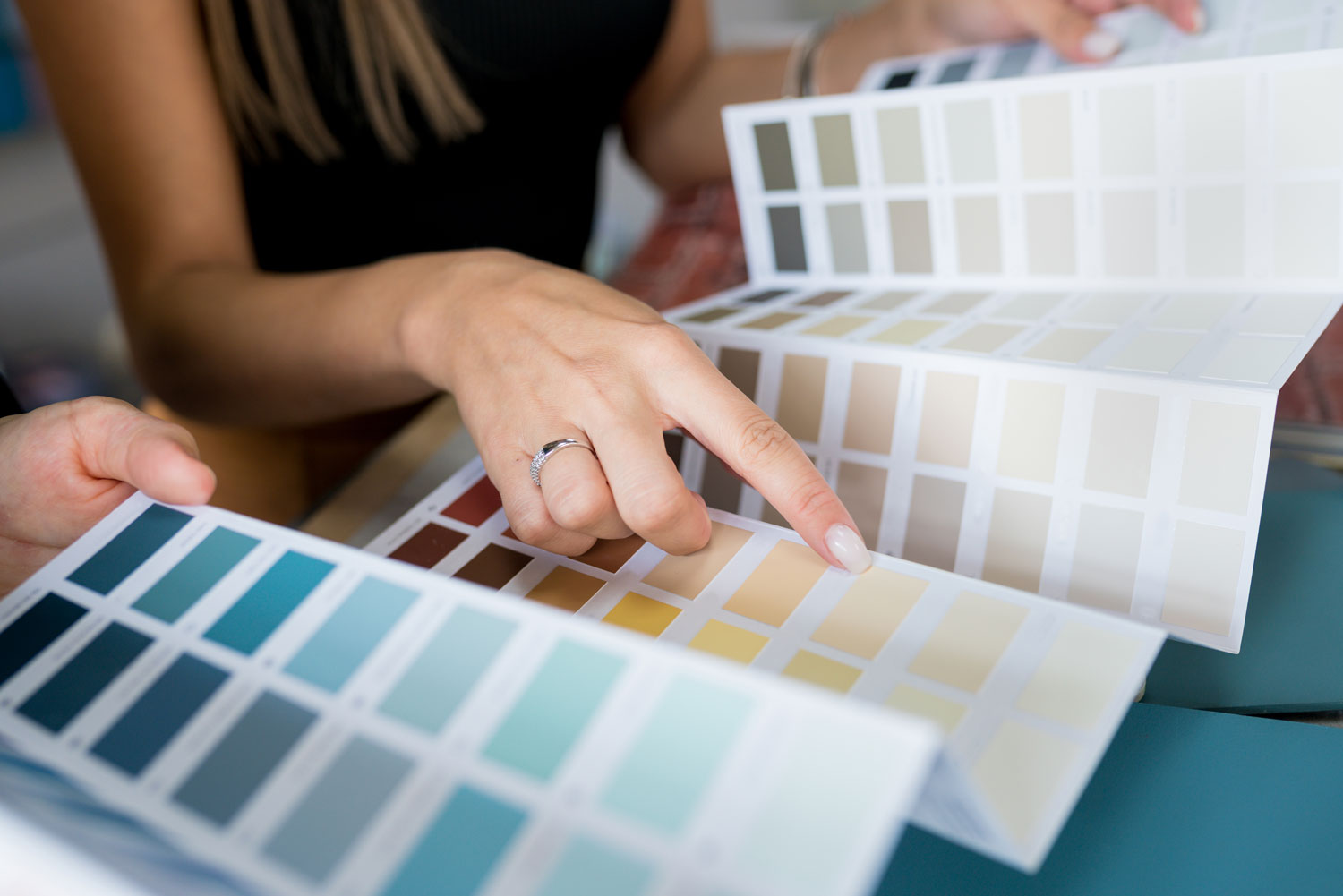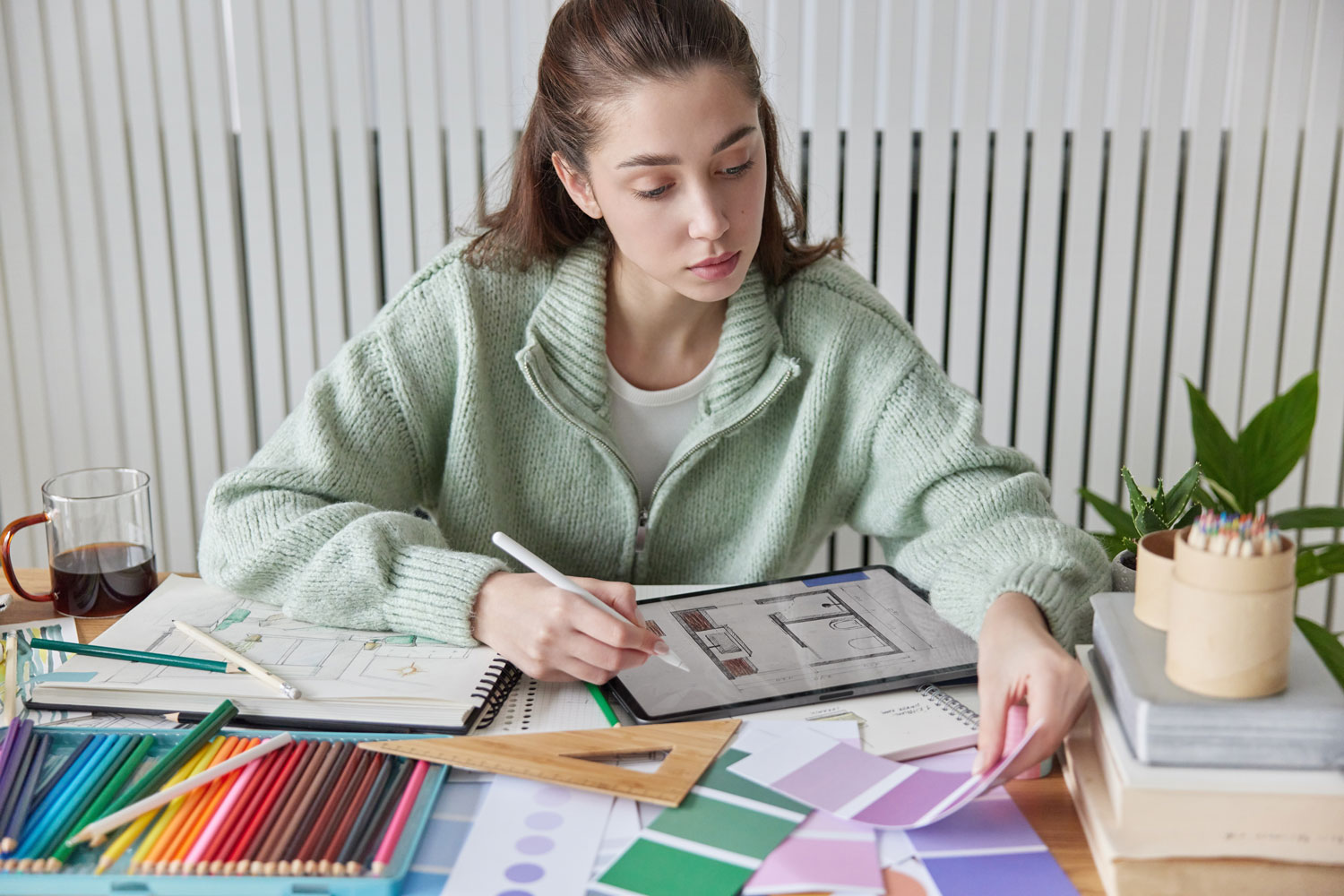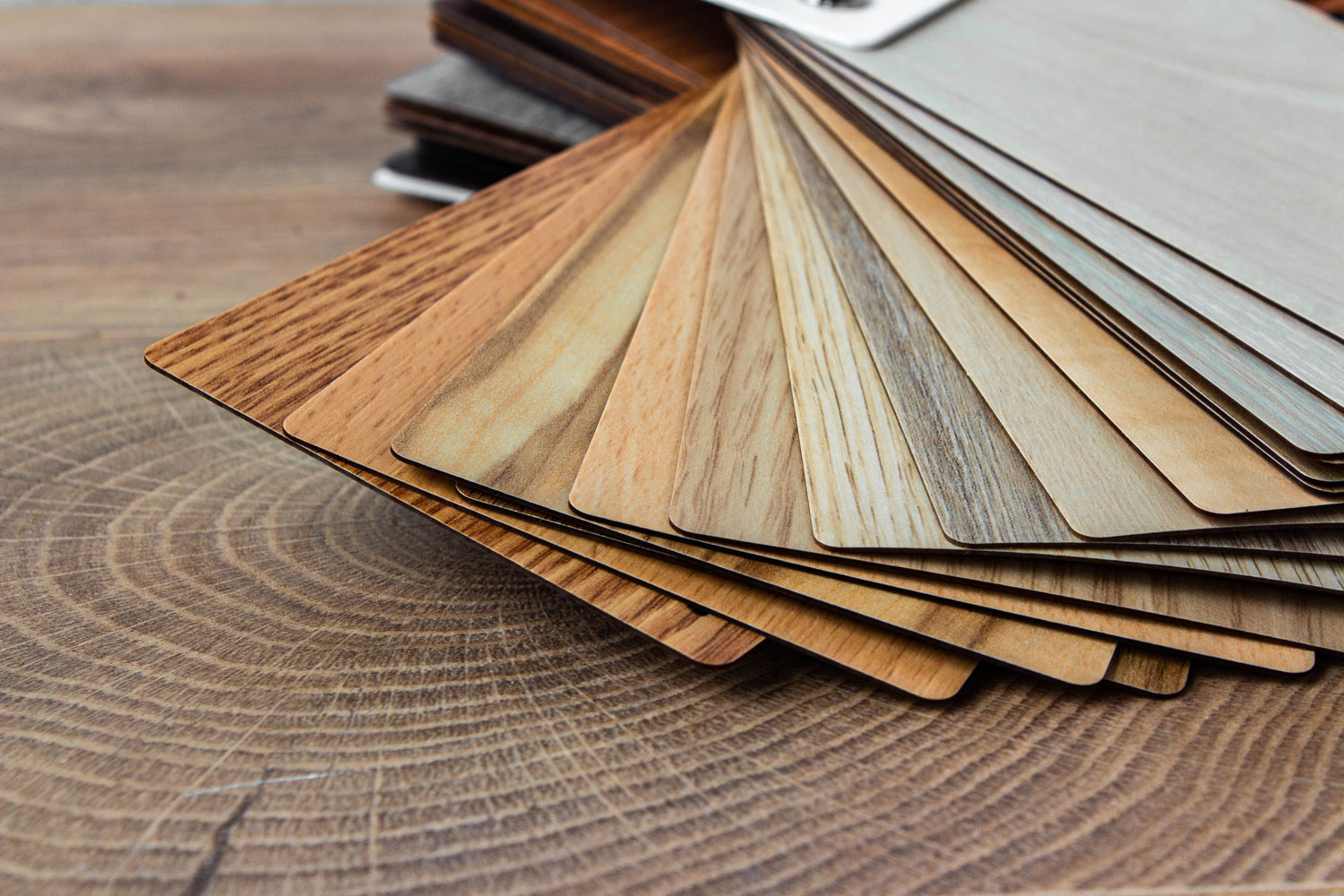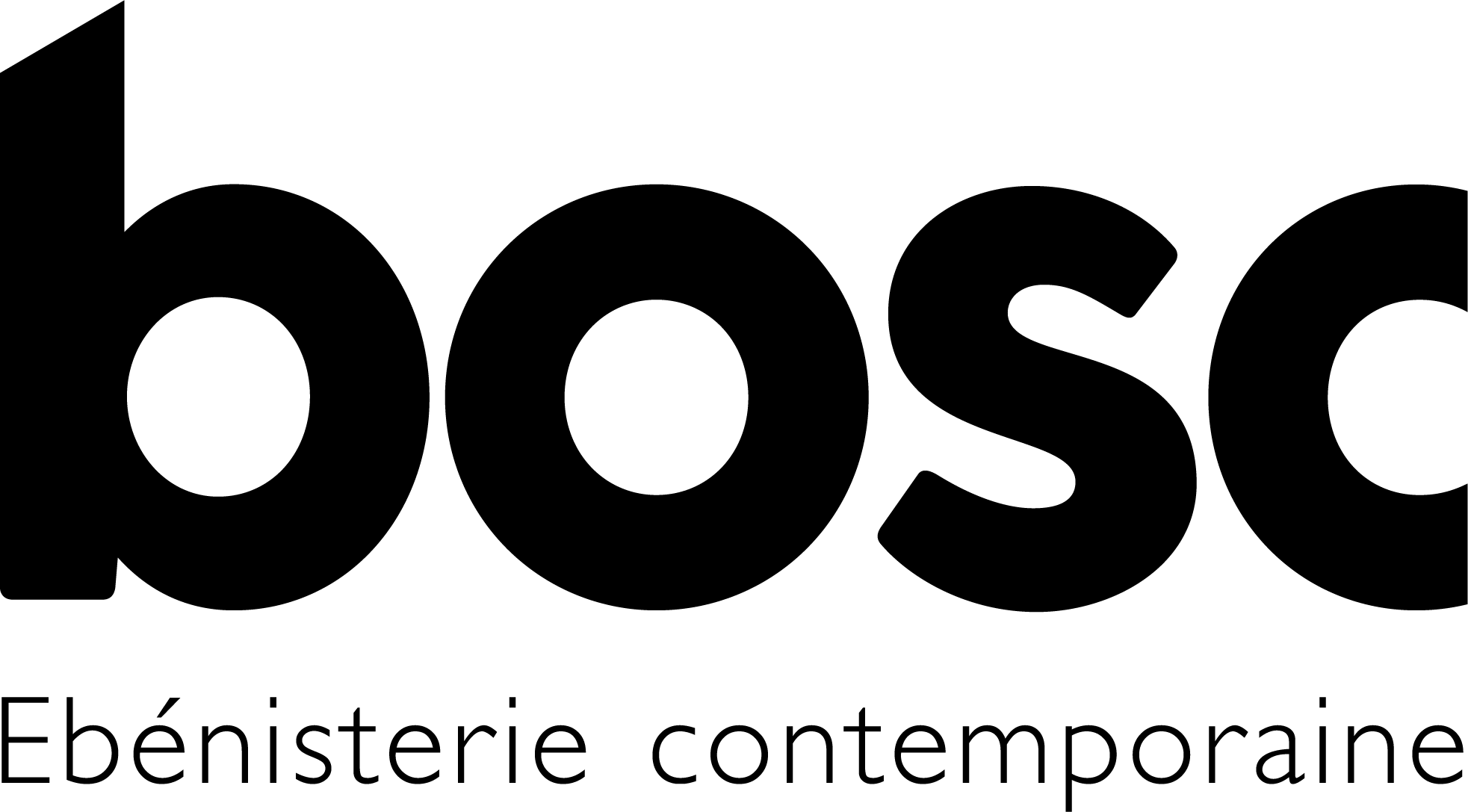Color choice: science or creative intuition?
In the hushed world of a luxury hotel lobby, every shade of navy blue seems to have been chosen to inspire confidence and serenity. A few blocks away, a coworking space relies on energizing orange tones to stimulate its occupants’ creativity. Are these chromatic choices the fruit of artistic intuition, or are they based on rigorous science? The question of objectivity in the selection of colors, materials and furnishings in interior architecture reveals a fascinating tension between science and subjectivity.

When color psychology becomes an applied science
Today’s hotel and hospitality industry is based on a well-established body of scientific knowledge. Neuropsychology teaches us that certain colors trigger measurable physiological reactions: red increases heart rate and stimulates appetite, which explains its recurrent presence in restaurants; blue, on the other hand, promotes relaxation and concentration, justifying its use in hotel rooms and workspaces. Numerous studies have shown that warm colors (red, orange, yellow) enhance performance in tasks requiring attention to detail, while cool colors (blue, green) stimulate creativity. These findings have directly influenced the design of office spaces, where we now see meeting rooms with blue walls to encourage brainstorming, and individual workspaces with red accents to optimize concentration.

The cultural dimension
Objectivity in the choice of colors must integrate a cultural dimension. An international hotel cannot ignore the fact that white symbolizes purity in the West but mourning in Asia, or that red evokes luck in China but danger in Europe. This “cultural objectivity” is based on in-depth ethnographic studies and market analyses that quantify color preferences according to geographical area. The major hotel chains are thus developing color charts adapted to their different markets. Accor, for example, tailors its concepts to local sensibilities: warm, earthy tones for Mediterranean establishments, a refined Nordic palette for Scandinavian hotels, bright, contrasting colors for African markets.
Materials and furniture: towards sensory objectivity
Beyond pure color, the choice of materials and furniture obeys increasingly refined objective criteria. Research into cognitive ergonomics has established precise correlations between certain textures and emotional states: raw wood evokes naturalness and reduces stress, polished metal suggests modernity and efficiency, and soft fabrics promote relaxation and intimacy. The hotel industry exploits this knowledge strategically. Business hotel lobbies favor smooth surfaces and right angles to convey an image of professionalism, while relaxation areas multiply soft textures and organic shapes to induce relaxation.

The limits of objectivity
Despite these scientific advances, pure objectivity remains a pipe dream. The emergence of personalization in the hotel and service sectors reveals the limits of a purely scientific approach. Boutique hotels, for example, take on an assumed subjectivity, creating singular chromatic universes that privilege emotion over functional optimization. This trend can also be observed in coworking spaces, where differentiation is achieved through bold chromatic choices that sometimes defy scientific recommendations. The success of these spaces demonstrates that objectivity, while a solid foundation, cannot totally evacuate the subjective and creative dimension.
Towards a synthesis: enlightened objectivity
The contemporary practice of hotel and tertiary interior architecture tends towards a synthesis between scientific objectivity and creative subjectivity. Professionals draw on psychological, physiological and cultural data to establish a framework of objective constraints, while preserving the creative freedom necessary for innovation and differentiation. This “enlightened objectivity” manifests itself in the emergence of new methodologies that integrate scientific input into an assertive creative process. Some interior designers now collaborate with environmental psychologists, ergonomists and neuroscientists to optimize their color choices while preserving their artistic vision. The future seems to be moving towards mass customization, where scientific objectivity will serve as the basis for an infinite diversity of subjective expression, enabling each space to reconcile functional efficiency with aesthetic singularity. In this perspective, objectivity is no longer an end in itself, but a means to an enlightened and responsible subjectivity.
Bibliography
Adobe. “Color Theory: Psychology of Color”. https://www.adobe.com/fr/creativecloud/design/discover/color-theory.html
Archi-int.net. “The psychology of color in interior design”.
https://www.archi-int.net/2024/05/26/la-psychologie-des-couleurs-en-décoration-intérieure/
Design me a sofa. “Color psychology in interior design: An essential guide”. https://designmoiuncanape.com/psychologie-des-couleurs-en-architecture-d-interieur/
Dako. “The psychology of colors. What colors to choose for interiors?”.
https://www.dako.eu/fr/blog/psychologie-couleurs-couleurs-choisir-interieurs
Interior Projects. “The psychology of color in interior design”. https://projetsinterieur.fr/la-psychologie-des-couleurs-en-architecture-dinterieur-comment-les-couleurs-influencent-votre-bien-etre/
Sapiens UX. “Scientific studies on the psychology of colors”. https://www.sapiensux.com/consultations-existe-til-des-etudes-qui-appuient-la-psychologie-des-couleurs/
Buildeo. “How To Increase Hospitality Bookings With Color Psychology”.
https://buildeo.co.uk/2021/01/how-to-increase-hospitality-bookings-with-color-psychology/
Fohlio. “Hotel Interior Design, Part 1: The Psychology of Color and 2018 Trends”.
https://www.fohlio.com/blog/hotel-interior-design-part-1-color-psychology-2018-trends
Hotel Designs. “The psychology between colour in interior design and wellbeing”.
https://hoteldesigns.net/industry-news/industry-insight-the-psychology-between-colour-in-interior-design-and-wellbeing/
KBCO Interior Design. “Color Psychology: How The Emotional Impact of Color Influences Hotel Design”. https://www.kbcodesign.com/blog/color-psychology-how-the-emotional-impact-of-color-influences-hotel-design
Sara Hospitality USA. “The Psychology of Color in Hospitality Design: An Intro”. https://sarahospitalityusa.com/blog/the-psychology-of-color-for-restaurant-hotel-hospitality-design-introduction
ScienceDirect. “Effects of spatial colors on guests‘ perceptions of a hotel room”.
https://www.sciencedirect.com/science/article/abs/pii/S0278431917302062
Nations style. “Chromatic Brilliance: Unleashing the Power of Color Psychology in Hospitality Design”.
https://stylenations.com/chromatic-brilliance-unleashing-the-power-of-color-psychology-in-hospitality-design
